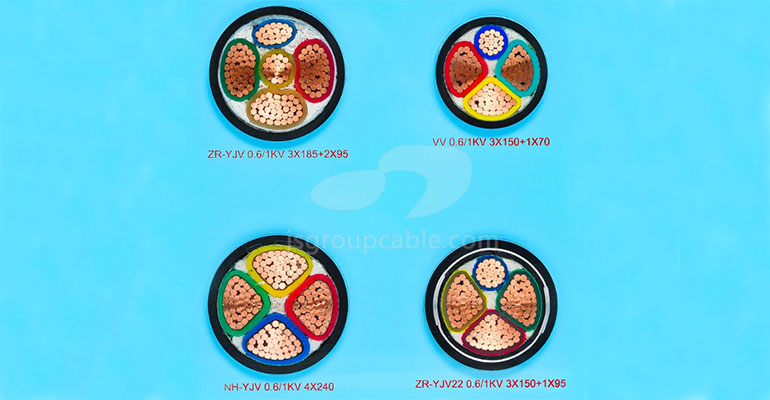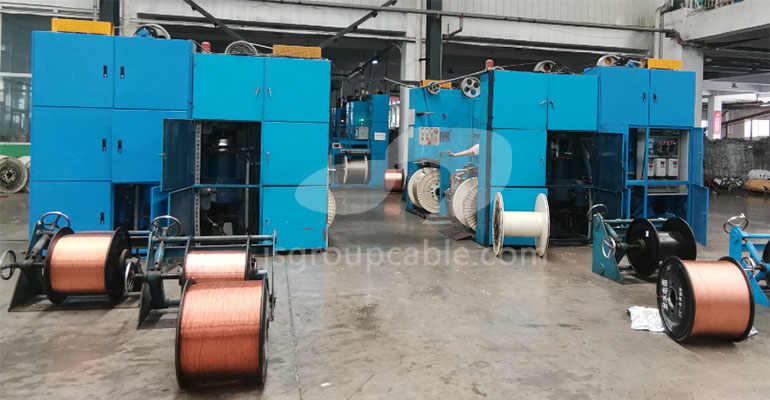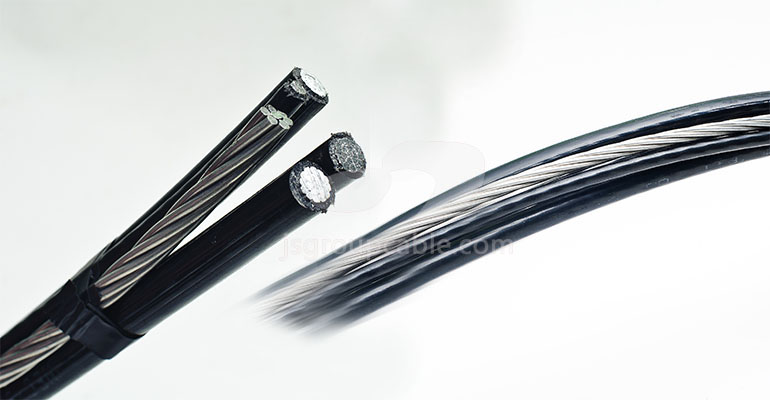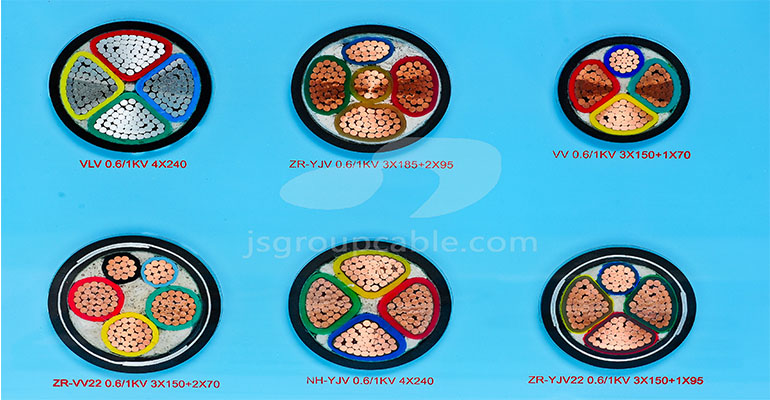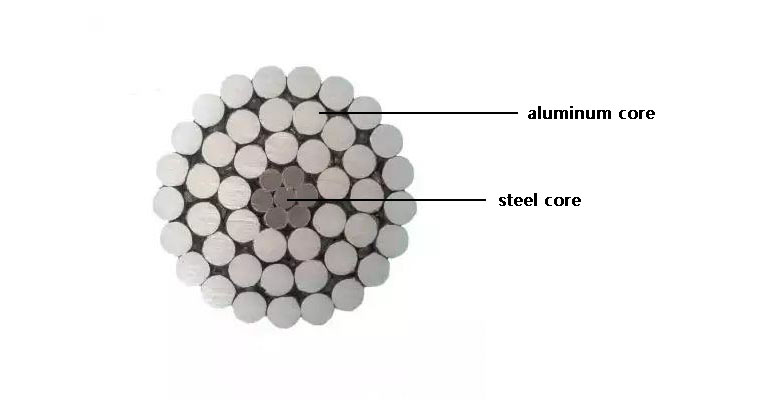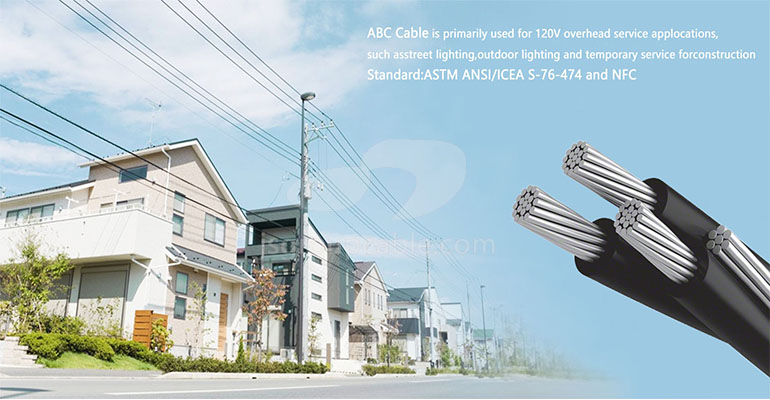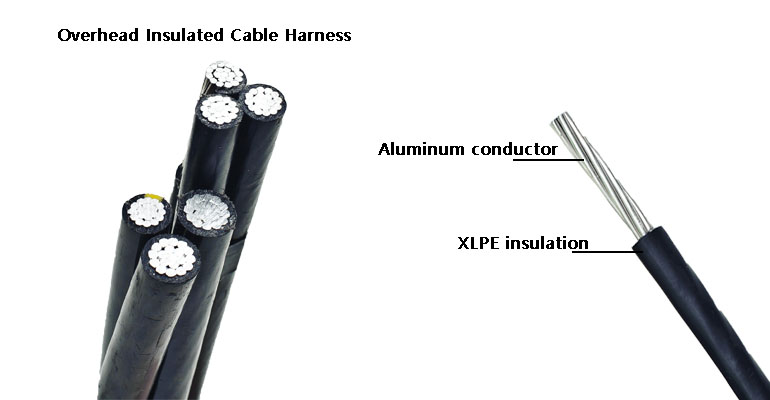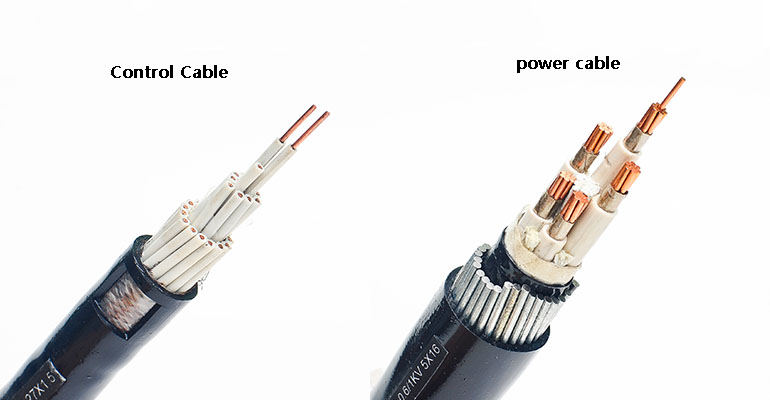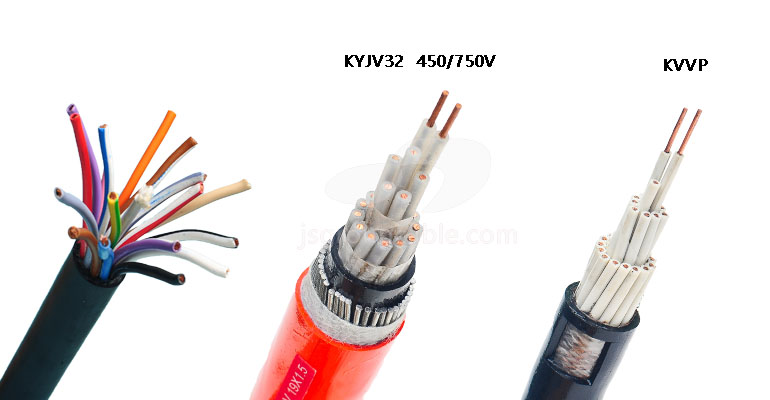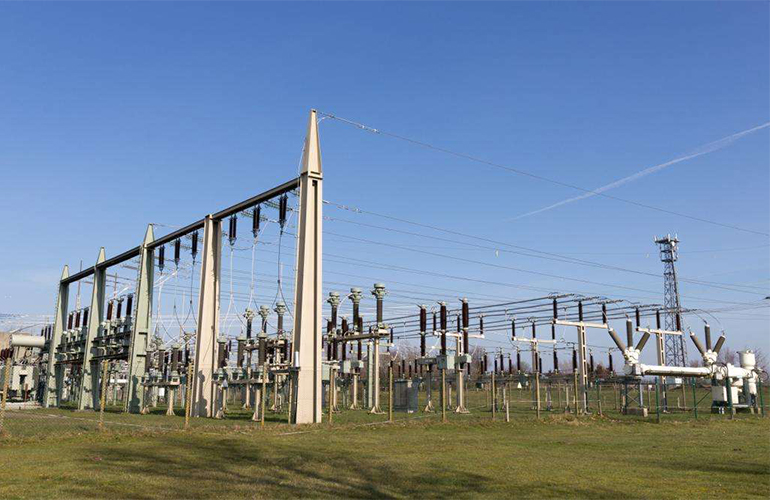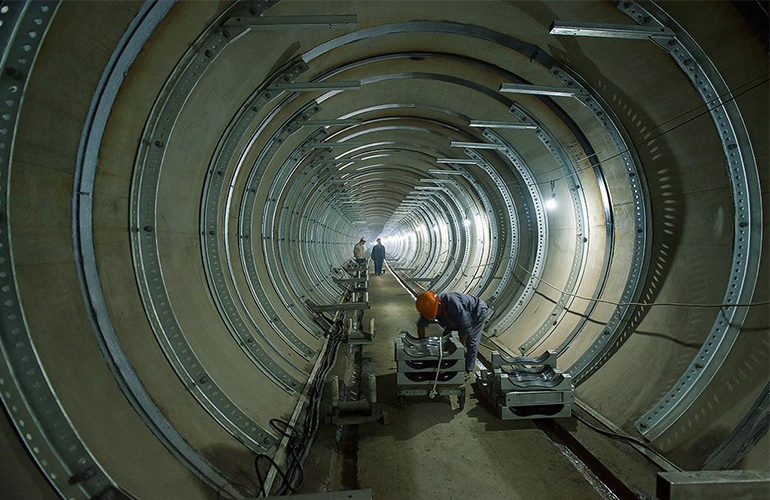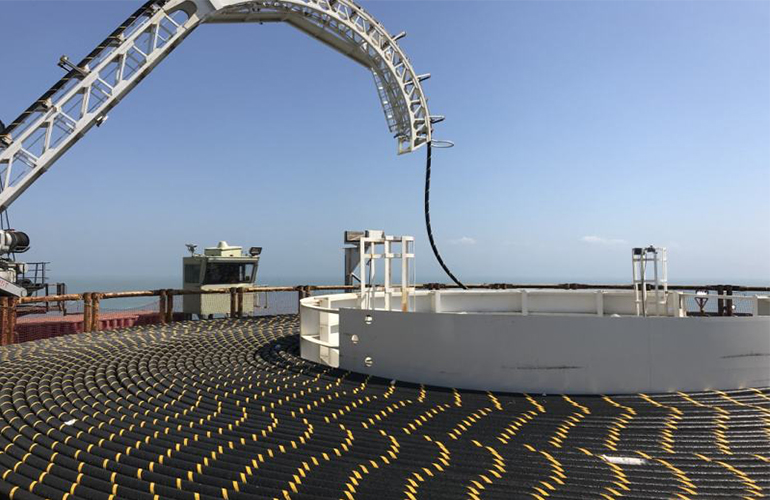- Offices Time:24 Hours Online
- Email:[email protected]
- WhatsApp:+8618339938759
News
Posted on:November 22, 2022
Common specifications and conditions of use of fire-resistant wire and cable
Fire-resistant wires and cables are mainly used in places and occasions that are closely related to fire safety, such as high-rise buildings, underground streets, large power stations, and important industrial and mining enterprises.
Read MorePosted on:November 21, 2022
What are the steps in the production of wire and cable?
All wires and cables start from conductor processing, and then add insulation, shielding, cabling, sheathing, etc. layer by layer on the periphery of the conductor to make wire and cable products. In its production process, there are many strict procedures.
Read MorePosted on:November 18, 2022
What are the common specifications of overhead bundled cables?
Aerial Bundled Cable is an overhead power line that uses multiple insulated phase conductors tightly bundled together, usually with an exposed neutral conductor.
Read MorePosted on:November 17, 2022
What are the commonly used wires and cables for fire protection?
The selection of wires and cables should be safe, reliable, advanced in technology, economical and reasonable, prevent fires caused by wires and cables, reduce personal casualties and property losses caused by wires and cables in fires, and ensure that the power lines of fire-fighting equipment can still maintain their integrity.
Read MorePosted on:November 16, 2022
Why use ACSR for high voltage power transmission?
Aluminum-steel-reinforced wire refers to a reinforced conductor in which single-layer or multi-layer aluminum strands are twisted outside the galvanized steel core wire. Mainly used in electric power and transmission line industry.
Read MorePosted on:November 14, 2022
What are the precautions for insulated overhead wires?
Insulated overhead conductors provide better protection against salt spray corrosion. And it is protected by an insulating layer, which can reduce the corrosion of the wire by the salt spray, delay the aging of the line, prolong the service life of the line, and reduce the lightning strike of the line.
Read MorePosted on:November 11, 2022
Advantages and disadvantages of overhead insulated cables
The overhead insulated cable is an overhead conductor with an insulating layer and a protective sheath. It is a special cable manufactured by a production process similar to the cross-linked cable. It is a new transmission method between overhead conductors and underground cables.
Read MorePosted on:November 10, 2022
Difference between control cable and power cable
The control cable are suitable for the wiring of electrical controlling equipments and instrument,monitoring and controlling return circuit,electrical protection and measurement in power distribution unit under the circumstance that the rated voltage is up to 450/750V AC.
Read MorePosted on:November 9, 2022
Types and advantages of control cables
As the connecting line between various electrical instruments and automated instrumentation devices, the control cable plays a role in transmitting various electrical signals and ensuring the safe and reliable operation of the system.
Read More

